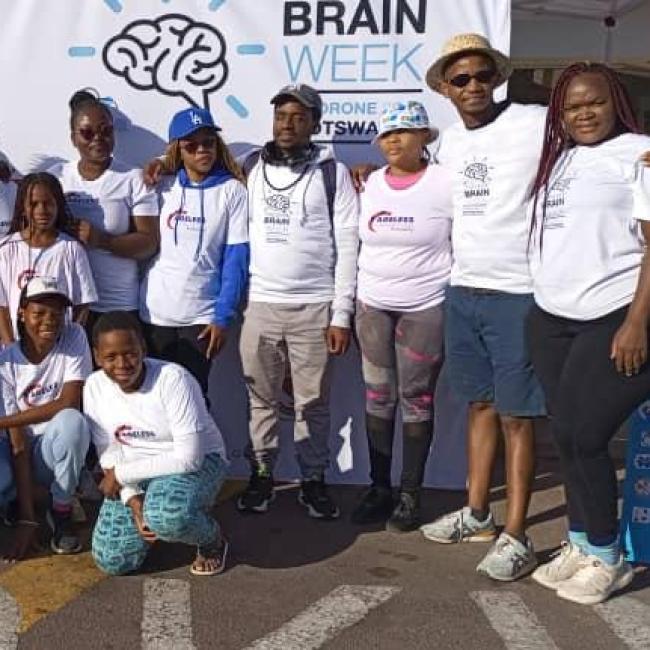Distinct personality profiles associated with disease risk and diagnostic status in eating disorders
J Affect Disord. 2024 May 27:S0165-0327(24)00876-0. doi: 10.1016/j.jad.2024.05.132. Online ahead of print.
ABSTRACT
BACKGROUND: Personality traits have been associated with eating disorders (EDs) and comorbidities. However, it is unclear which personality profiles are premorbid risk rather than diagnostic markers.
METHODS: We explored associations between personality and ED-related mental health symptoms using canonical correlation analyses. We investigated personality risk profiles in a longitudinal sample, associating personality at age 14 with onset of mental health symptoms at ages 16 or 19. Diagnostic markers were identified in a sample of young adults with anorexia nervosa (AN, n = 58) or bulimia nervosa (BN, n = 63) and healthy controls (n = 47).
RESULTS: Two significant premorbid risk profiles were identified, successively explaining 7.93 % and 5.60 % of shared variance (Rc2). The first combined neuroticism (canonical loading, rs = 0.68), openness (rs = 0.32), impulsivity (rs = 0.29), and conscientiousness (rs = 0.27), with future onset of anxiety symptoms (rs = 0.87) and dieting (rs = 0.58). The other, combined lower agreeableness (rs = -0.60) and lower anxiety sensitivity (rs = -0.47), with future deliberate self-harm (rs = 0.76) and purging (rs = 0.55). Personality profiles associated with "core psychopathology" in both AN (Rc2 = 80.56 %) and BN diagnoses (Rc2 = 64.38 %) comprised hopelessness (rs = 0.95, 0.87) and neuroticism (rs = 0.93, 0.94). For BN, this profile also included impulsivity (rs = 0.60). Additionally, extraversion (rs = 0.41) was associated with lower depressive risk in BN.
LIMITATIONS: The samples were not ethnically diverse. The clinical cohort included only females. There was non-random attrition in the longitudinal sample.
CONCLUSIONS: The results suggest neuroticism and impulsivity as risk and diagnostic markers for EDs, with neuroticism and hopelessness as shared diagnostic markers. They may inform the design of more personalised prevention and intervention strategies.
PMID:38810783 | DOI:10.1016/j.jad.2024.05.132





